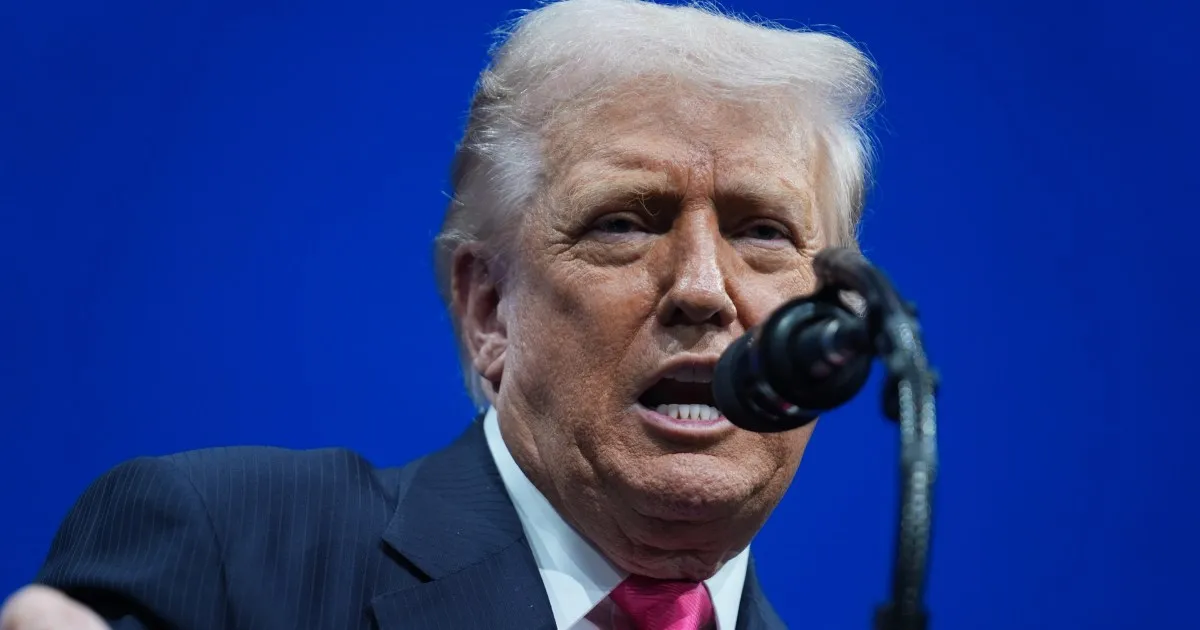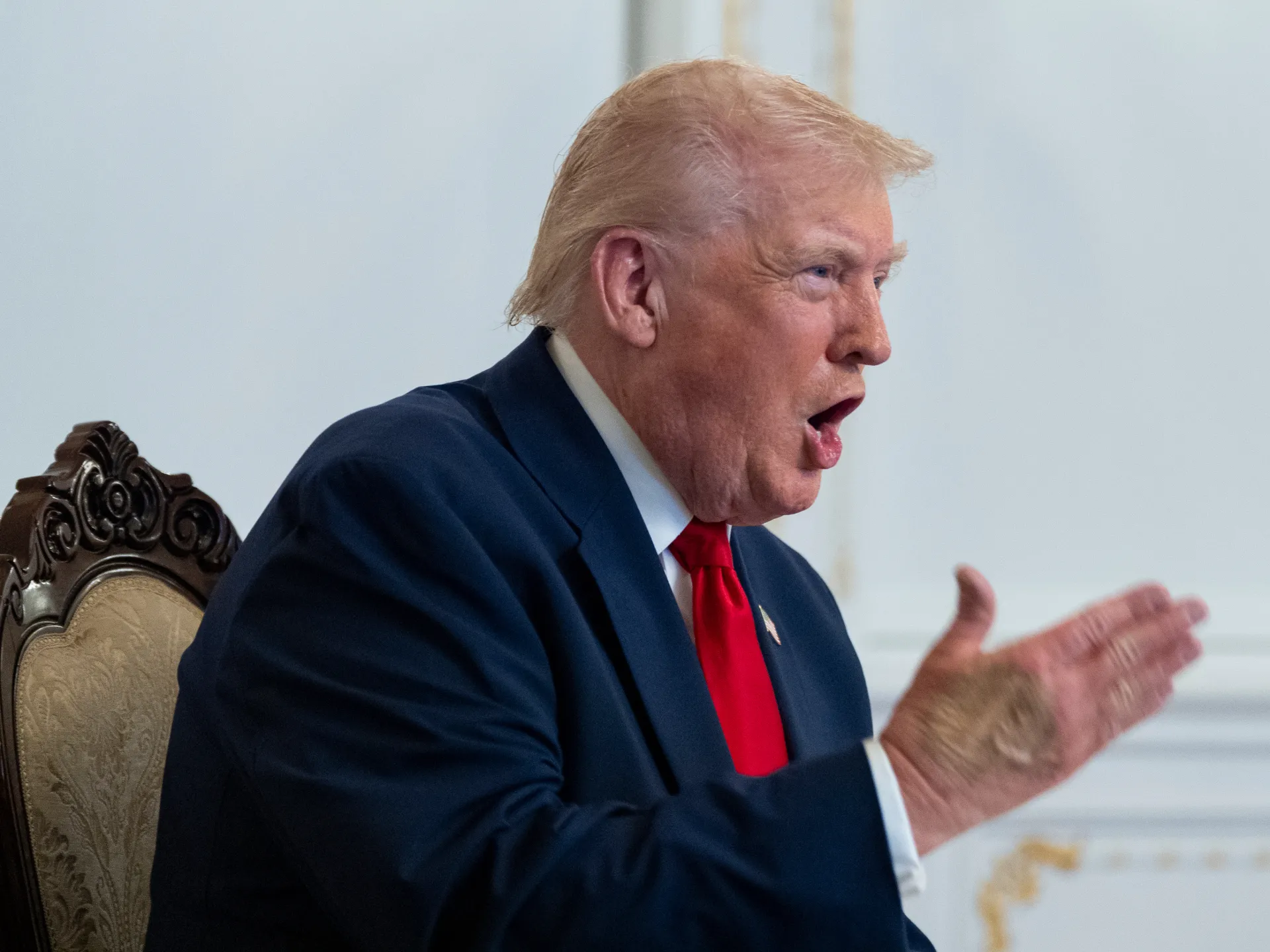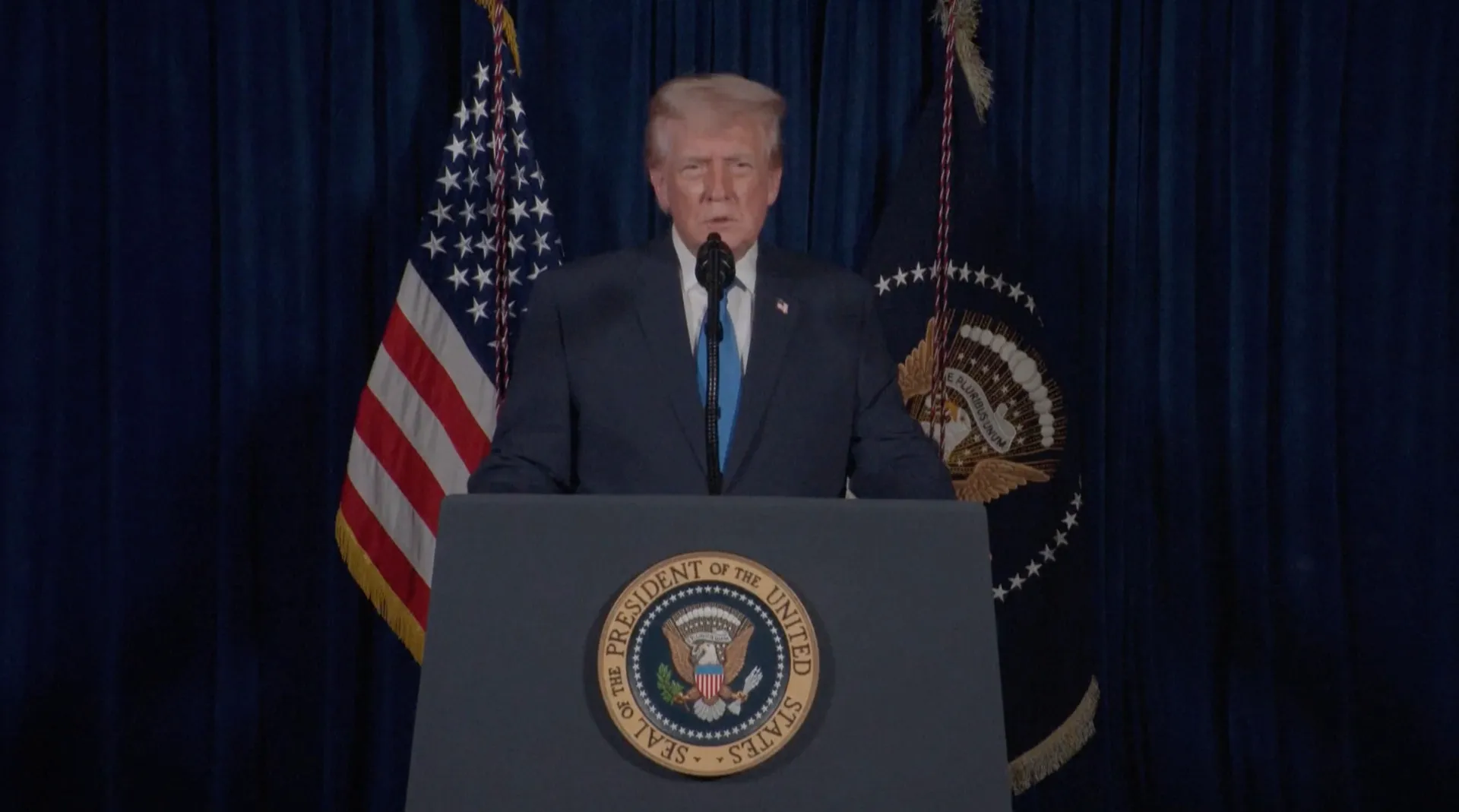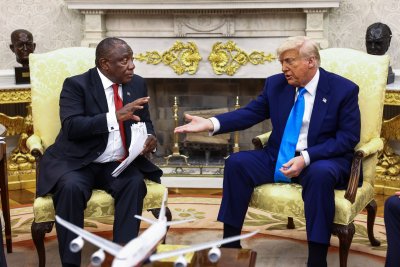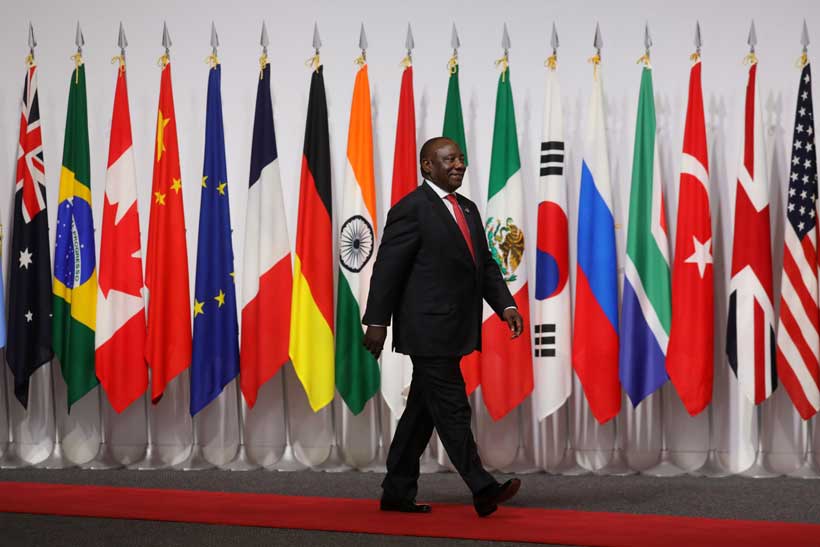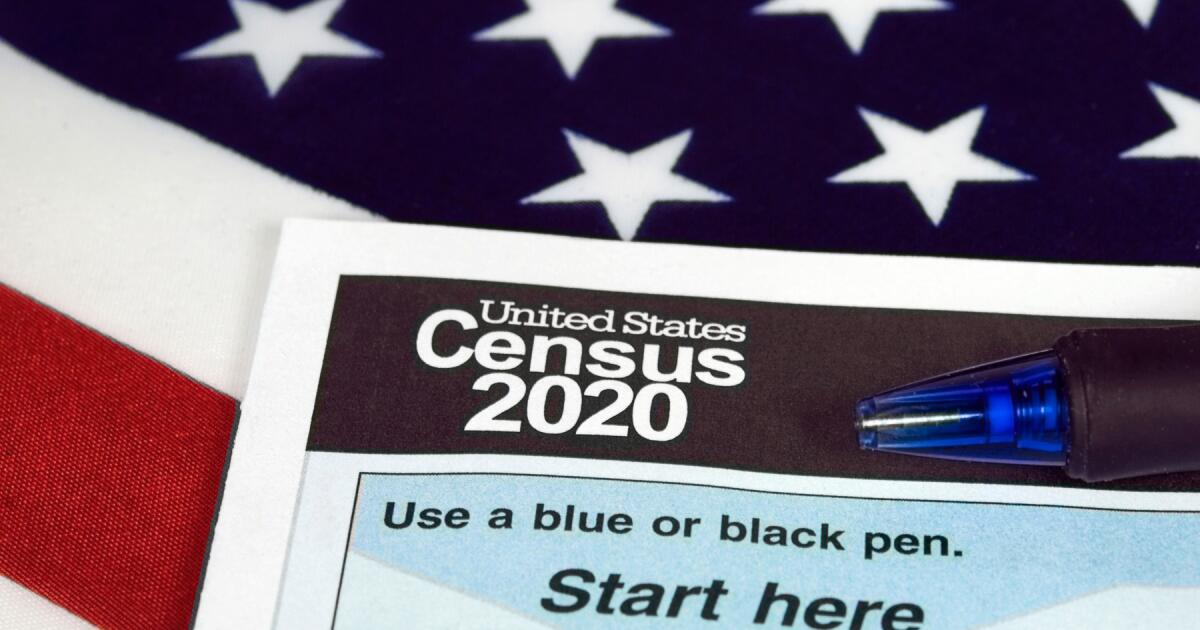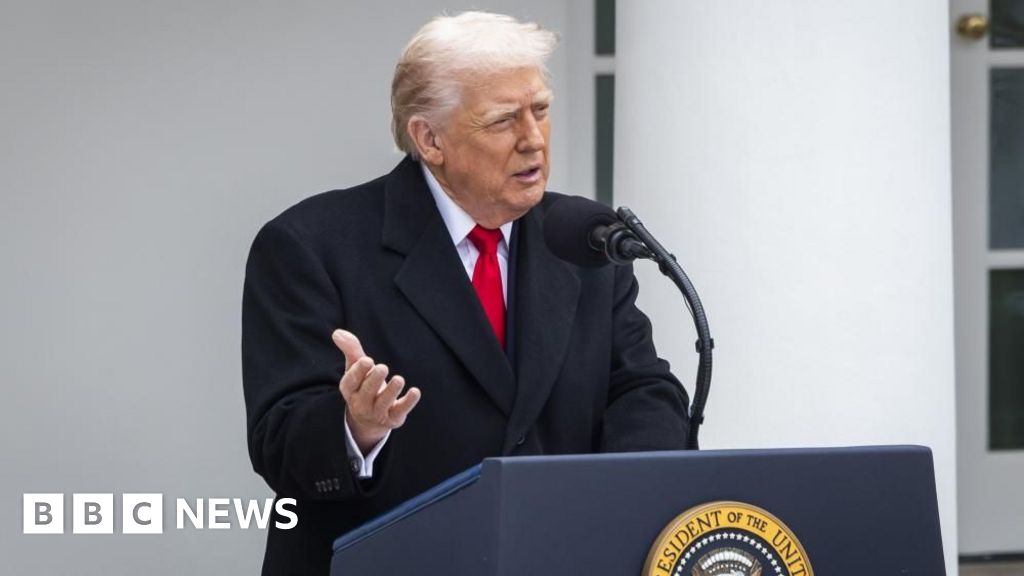Suspect in shooting of National Guard members now facing a first-degree murder charge
WASHINGTON — Charges against the man accused of shooting two National Guard members have been upgraded to first-degree murder after one of the soldiers died, the U.S. attorney for the District of Columbia announced Friday.
Army Spc. Sarah Beckstrom, 20, and Air Force Staff Sgt. Andrew Wolfe, 24, were hospitalized in critical condition after the Wednesday afternoon shooting near the White House. President Trump announced Thursday evening that Beckstrom had died.
U.S. Atty. Jeanine Pirro’s office said the charges against Rahmanullah Lakanwal, a 29-year-old Afghan national who worked with the CIA during the Afghanistan war, now include one count of first-degree murder, three counts of possession of a firearm during a crime of violence and two counts of assault with intent to kill while armed.
Beckstrom and Wolfe were deployed with the West Virginia National Guard as part of Trump’s mission in the nation’s capital that federalized the D.C. police force, which he says is a crime-fighting campaign. The president has deployed National Guard members to many Democratic-run cities, including Los Angeles, to assist with his mass deportation efforts.
Trump called the shooting a “terrorist attack” and criticized the Biden administration for allowing Afghans who worked with U.S. forces during the Afghanistan war to enter the U.S. The president has said he wants to “permanently pause migration” from poorer nations and expel millions of immigrants from the country.
In an interview on Fox News, Pirro said there are “many charges to come” beyond the upgraded murder charge. She said her heart goes out to the family of Beckstrom, who volunteered to serve and “ended up being shot ambush-style on the cold streets of Washington, D.C., by an individual who will now be charged with murder in the first degree.”
Pirro, a former Fox News host, declined to discuss the suspect’s motive, saying officials have been working around the clock on that question. Investigators are continuing to execute warrants in Washington state, where Lakanwal lived, and other parts of the country, she said.
Wolfe remains in “very critical condition,” West Virginia Gov. Patrick Morrisey said Friday. He ordered flags to be flown at half-staff in recognition of Beckstrom’s death.
“These two West Virginia heroes were serving our country and protecting our nation’s capital when they were maliciously attacked,” Morrisey said. “Their courage and commitment to duty represent the very best of our state.”
Lakanwal entered the U.S. in 2021
Lakanwal entered the U.S. in 2021 through Operation Allies Welcome, a Biden administration program that evacuated and resettled tens of thousands of Afghans after the U.S. withdrawal from the country, officials said.
Lakanwal applied for asylum during the Biden administration, but his asylum was approved under the Trump administration, #AfghanEvac said in a statement. #AfghanEvac is a nonprofit organization that has worked with the U.S. government to resettle more than 195,000 Afghan evacuees, according to its website.
Lakanwal has been living in Bellingham, Wash., about 80 miles north of Seattle, with his wife and five children, said his former landlord, Kristina Widman.
Mohammad Sherzad, a neighbor of Lakanwal’s in Bellingham, told the Associated Press in a phone interview Friday that Lakanwal was polite, quiet and spoke very little English.
Sherzad said he attended the same mosque as Lakanwal and had heard from other members that Lakanwal was struggling to find work. Some of his children attended the same school as Lakanwal’s children, Sherzad said.
“He was so quiet and the kids were so polite, they were so playful. But we didn’t see anything bad about him. He was looking OK,” Sherzad said. Sherzad said Lakanwal “disappeared” about two weeks ago.
In his address to the troops Thursday, Trump said that Lakanwal “went cuckoo. I mean, he went nuts.”
People who knew Lakanwal say he served in a CIA-backed Afghan army unit before immigrating to the United States. Lakanwal worked in one of the special Zero Units in the southern province of Kandahar, according to a resident of the eastern Afghan province of Khost who identified himself as Lakanwal’s cousin. He said Lakanwal was originally from the province and his brother had worked in the unit as well.
The cousin spoke to AP on condition of anonymity for fear of reprisals. He said Lakanwal had started out working as a security guard for the unit in 2012 and was later promoted to a team leader and a GPS specialist. A former official from the unit, who spoke on condition of anonymity because of the sensitivity of the situation, said Lakanwal’s brother was a platoon leader.
Zero Units were paramilitary units manned by Afghans and backed by the CIA that also served in front-line fighting with CIA paramilitary officers. Activists had attributed abuses to the units. They played a key role in the chaotic U.S. withdrawal from the country in 2021, providing security around Kabul International Airport as the Americans and Afghan evacuees withdrew from the country.
Beckstrom is remembered
Beckstrom enlisted in 2023, the same year she graduated high school, and served with distinction as a military police officer with the 863rd Military Police Company, the West Virginia National Guard said in a statement.
“She exemplified leadership, dedication, and professionalism,” the statement said, adding that Beckstrom “volunteered to serve as part of Operation D.C. Safe and Beautiful, helping to ensure the safety and security of our nation’s capital.”
The president called Beckstrom an “incredible person, outstanding in every single way.”
On Wednesday night, Trump called for the reinvestigation of all Afghan refugees who had entered under the Biden administration initiative that brought roughly 76,000 people to the country, many of whom had worked as interpreters and translators.
The program has faced intense scrutiny from Trump and others over allegations of gaps in the vetting process, even as advocates say there was extensive vetting and the program offered a lifeline to people at risk of Taliban reprisals.
The director of U.S. Citizenship and Immigration Services Joseph Edlow said in a statement that the agency would take additional steps to screen people from 19 “high-risk” countries “to the maximum degree possible.”
Edlow didn’t name the countries. But in June, the administration banned travel to the U.S. by citizens of 12 countries and restricted access from seven others, citing national security concerns.
Binkley and Finley write for the Associated Press. AP journalists Sarah Brumfield, Siddiqullah Alizai, Elena Becatoros and Randy Herschaft contributed to this report.

